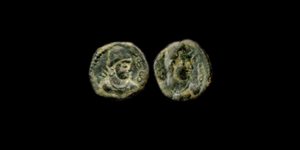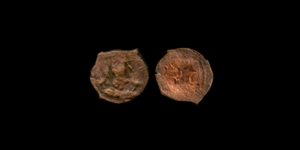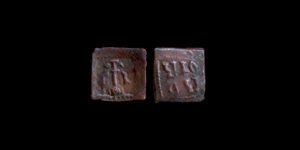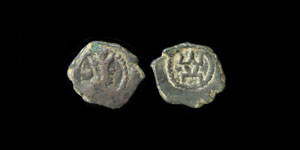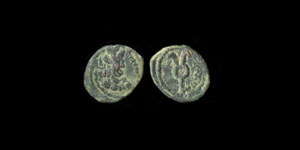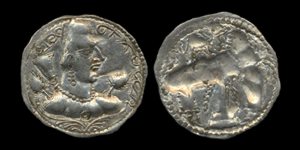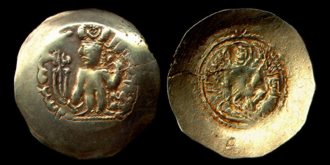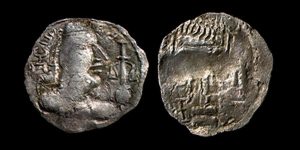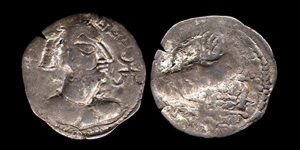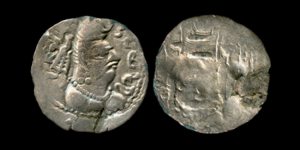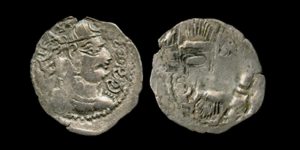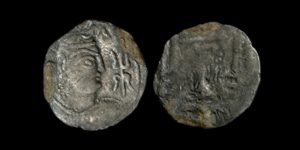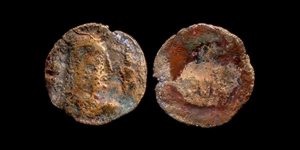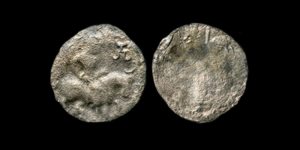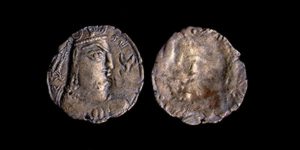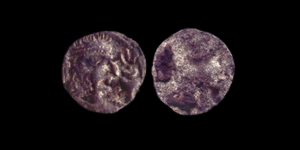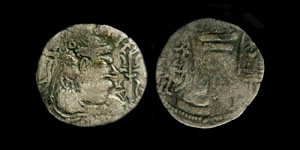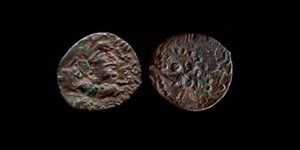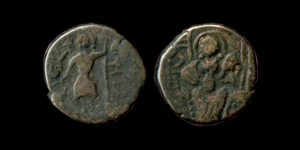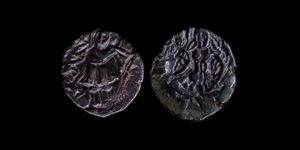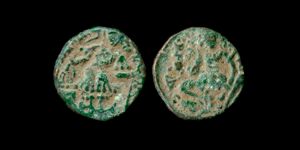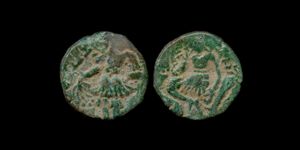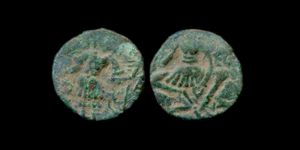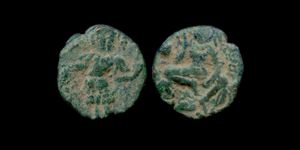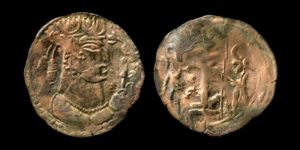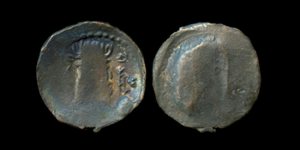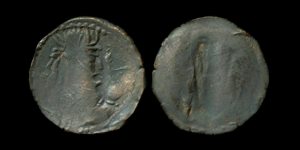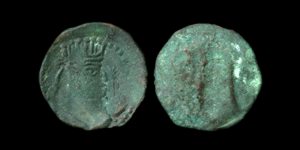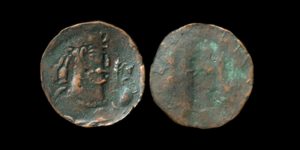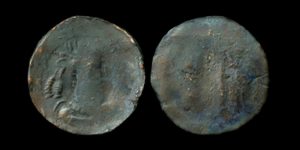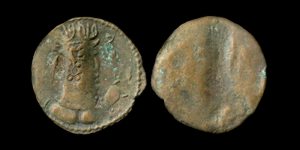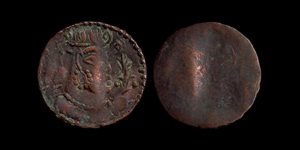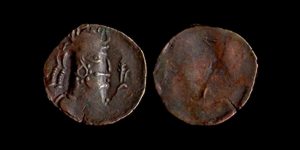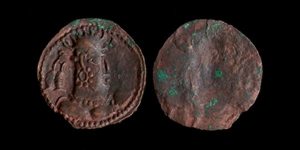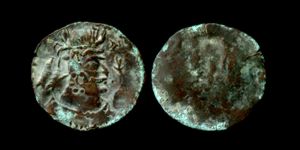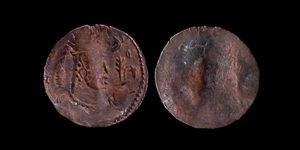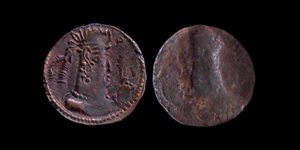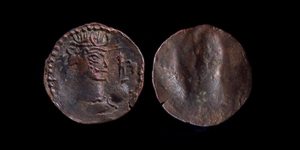h e p h t h a l i t e s
This page is about the Hephthalites (and peoples confused with the Hephthalites). Or the Ephthalites or Epthalites or Hephtal or Hunas or White Huns or Hayathelites or Ye-tai or He-ta or Cao, depending what circles you crawl in. The Hephthalites, as everybody knows, were bloodthirsty gangs of cone-headed, polyandric, Buddhist-hating, sun-worshiping maniacs.*
A few links: 'Ephthalites' by Richard Heli; includes a timeline;
The White Huns at Silk Road Foundation;
Wikipedia: Hephthalite;
Wikipedia: Huna;
The Hephthalites at the University of Washington/Silk Road Seattle website;
The Hephthalites: Archaeological and Historical Analysis PhD thesis by Aydogdy Kurbanov (Berlin, 2010) (pdf [305 pages])
Map of Central Asia circa 100 - 600 AD
(144K GIF)
(I made this 15 years ago as an experiment; the bottom image is a 'tile.' Just shrink your browser window so you only see one map.)
In short: there are tendencies in art and numismatics, in the face of conflicting information, to lump together certain objects and cultures and call them... SOMETHING. And is certainly the case with regard to the coins of, and the peoples known as, the 'White Huns', most of whom were probably not white nor huns. Why has this happened? Several groups of loosely-related tribes settled in, traveled through, fought over and disappeared from Central Asia during the 4th - 7th centuries. At least one of these tribes has garnered a bad reputation as destroyers of Buddhist culture throughout Gandhara and Northern India. Another may have just been the indigenous culture already there. One look at the coins with the legend 'nspk' or 'napki' or 'nezak' (take your pick), and it's obvious that at no place on earth during the 6th and 7th century were coins being minted showing a bust with this level of sophistication. On many it looks as if the image was lifted from any number of 2nd or 3rd century Gandharan sculptures (see Gobl Hunnen Em. 225 below). Even the Sasanian coins of the period look like two-dimensional cartoons, comparatively. The folks minting these coins were not bloodthirsty nomads living in the saddle. On the contrary, they must have come from an important political and artistic center.
The sad tale is suppose to go something like this: Groups of Iranian and/or Altaic-speaking nomads (somewhat or maybe not at all related to the Mongolian Huns) have been slowly moving into Sogdiana, Bactria and Iran since the beginning of the 2nd century AD. The Sasanians invade eastward (233 AD), defeat the Kushans and install the Kushanshahs in Bactria. The first of four distinct groups of 'Huns', the Kidarites, take over northern Pakistan pushing the remaining Kushans out (340 AD). The next wave of Alchon Huns push the Kidarites and perhaps another tribe or branch of the Alchon southward (390 AD); they invade India (430 AD) wreaking havoc. At about the same time, a different group in western Khorasan is fighting the Sasanian king Yazdgard II and later, Peroz (440-480 AD), the so-called 'genuine' Hephthalites. Yet another group, close on the heels of the Alchon, settles in and around Kabul and Ghazni, the Nezak Huns. Or maybe they've been there all along. Circa 560 AD the Sasanians and Western Turks gang up on the 'genuine' Hephthalites (?) and obliterate them. Shortly after, what remain of the Alchon that invaded India limp northwestward into Zabulistan. And throughout this entire period there are numbers of splinter groups and tribes that also minted coins and imitations of coins.
In 644 A.D. the Chinese pilgrim Xuanzang remarks seeing a small settlement of 'White Huns' by Kunduz in the Hindu Kush. He calls this area Himatala, originally part of Tukhara and says that it once was a powerful country with a royal lineage of Saka stock. He also calls the inhabitants 'short and ugly in their features'. This goes directly against Procopius who wrote in 550 A.D. that the 'Ephthalitae' were 'the only ones among the Huns who have white bodies and are not ugly' and 'are not nomads like the other Hunnic peoples, but for a long period have been established in a goodly land'. These are probably two completely different peoples.
[ * this is sarcasm...]
Note: March 12, 2013. I've changed the initial kings a bit.
Thanks to Hakan Fransson at Zeno.
r e f e r e n c e s
| page 1 | page 2 | page 3 | page 4 | page 5 | page 6 | page 7 |
